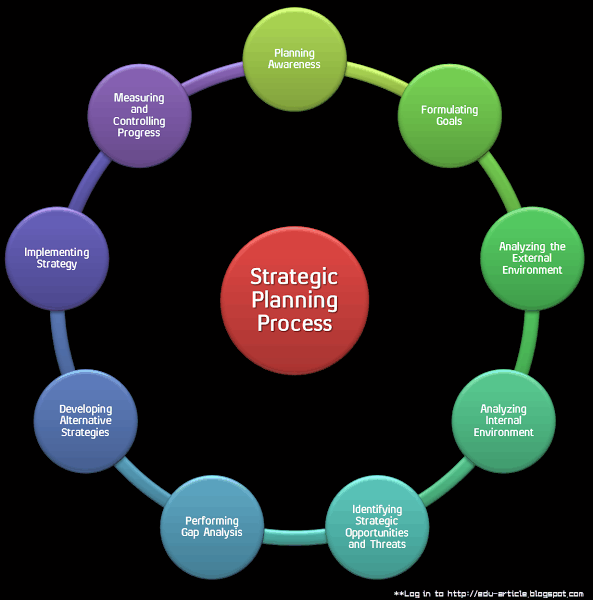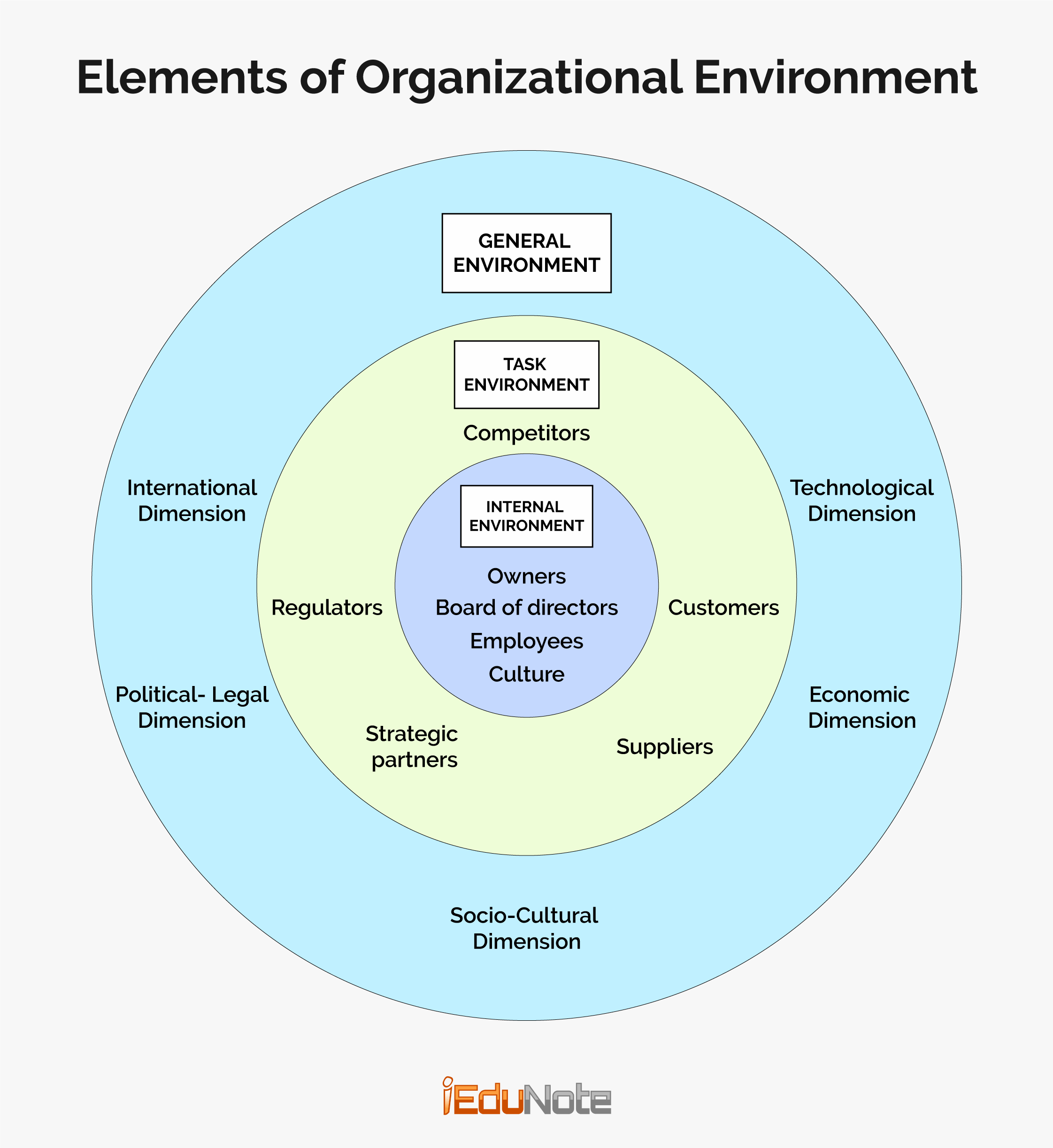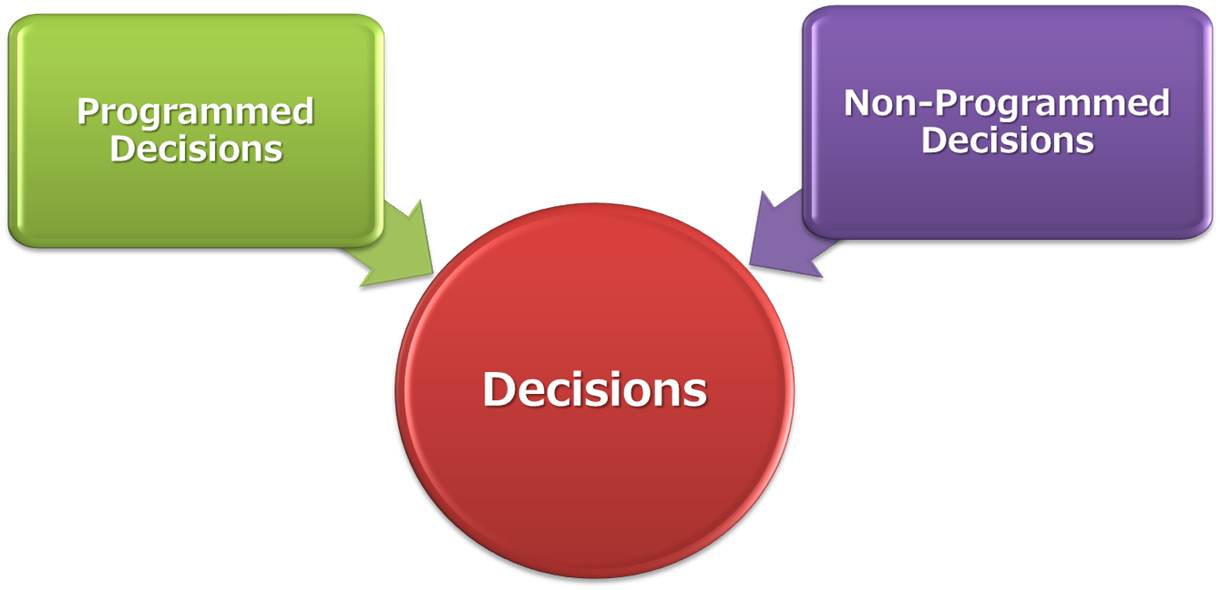What is Strategic Planning?
Although it is found that many companies carry on their businesses without formal plans, it has been recognized that formal planning offers many benefits to all types of companies – large and small, new, and mature.
It develops a forward-looking attitude in the management, helps the company sharpen its objectives and policies, results in better coordination of company activities, and sets out more specific performance standards for control.
Generally, companies make three types of plans. These are annual plans, long-run plans, and strategic plans. The annual plan is a short-term marketing plan that covers one year.
It lays down the current marketing situation, company objectives, and the marketing strategy, the action program, budgets, and controls.
On the other hand, the long-range plan lays down the major factors and forces that will have a bearing upon the organization during the next several years.
It describes the long-term objectives, the major marketing strategies that will be followed to accomplish them, and the resources needed for this purpose. A long-range plan is reviewed and updated each year.
Whereas the company’s annual and long-range plans deal with current businesses and how to keep them going, the strategic plan involves adapting the firm to take advantage of opportunities in its constantly changing environment.
We define strategic planning as the process of developing and maintaining a strategic fit between the organizations’ goals and capabilities and its changing marketing opportunities.1
Strategic planning forms the basis of other planning jobs of the firm. It depends on defining a clear company mission, setting supporting company objectives, designing a sound business portfolio, and coordinating functional strategies. This is shown in the following figure.
At the corporate level, the company first specifies its overall purpose and mission. This mission then is translated into detailed supporting objectives that steer the whole company.
Next, headquarters decides what portfolio of businesses and products is best for the company and what support each one might need.
In turn, each business and product unit must formulate detailed marketing and other departmental plans that back the companywide plan. Thus, marketing planning takes place at the business-unit, product, and market levels.
Strategic Planning Process
The strategic planning process has 9 steps to make effective use of human and material resources of the organization for achieving objectives of the organization.
The strategy is the sum of determining the purpose or mission and the basic long-term objectives of an enterprise and the adoption of courses of action and allocation of resources necessary to achieve these aims.
It covers several steps, starting from the initial examination of the current state of affairs, through the preparation of a plan and down to the final checks on how the plan is affecting daily performance.
The strategy is concerned with the direction in which human and material resources will be applied with a view to increasing the chance of achieving selected objectives that require 9 continuous steps.
9 Steps of Strategic Planning Process
- Planning awareness,
- Formulating goals,
- Analyzing the external environment,
- Analyzing the internal environment (or own organizational resources),
- Identifying strategic opportunities and threats,
- Performing gap analysis,
- Developing alternative strategies,
- Implementing strategy,
- Measuring and controlling progress.

Step-1: Planning Awareness
The first step in developing a strategic plan is to take stock of the existing situation; an organization’s current mission, its goals, structure, strategy, and performance; the values and expectations of the major stakeholders and power brokers of the organization and the environment in which the organization exists and operates.
Commitments made in previous plans must also be reviewed at this stage.
Such earlier commitments might have created groups with vested interests, allocated resources, and exerted other influences on decisions about the future.
Former organizational missions are most likely to cause managers to establish commitments and groups which exert considerable influence on future decisions.
The goal, strategy, structure, and organizational performance accompanying the current mission must also be examined.
The organization’s current goals, methods used to achieve them, and the rate of success in achieving them — all have a major bearing on the decisions to be made for the next round of strategic planning.
The last element of planning awareness is the understanding that managers must know the environment of the organization.
Step-2: Formulating Goals
The second step for management to develop a strategic plan is to spell out what an organization wants to achieve in the future.
Formulating goals demands from managers’ necessary affirmation and verification of reasons or justification of the organization’s existence, the definition of its mission or purpose, and establish strategic objectives.
The beliefs, values, and expectations of the dominant coalition of stakeholders tend to shape any new mission statement and concomitant goals and strategies. Managers vary in their attitude and expectation.
For example, some managers are found more concerned about delivering new goods and services and, hence, give more importance to research and development of goals.
Managers aspiring to dominate the market would like to design goals in terms of acquisitions of and merger with other companies.
Managers with social orientation and responsibility tend to set goals likely to produce favorable social effects along with profits.
In the case of large organizations, in particular, the process of goal development is complex, “Individuals and groups, both internal and external to an organization, engage in the process of bargaining and out of this exchange organizational goals emerge.
The relative power of these various stakeholders in the organization determines the nature and character of the bargaining process and the goals that ultimately emerge.
Step-3: Analyzing the External Environment
Once the formulation of organizational goals is over, the next step is to look at the factors in the environment, which might affect the management’s ability to accomplish them.
Scanning or assessing the environment is the process of collecting information from the external environment about factors having the ability to exert influence on the organization.
The assessment of the environment is done on economic, social, political, legal, demographic, and geographic counts.
Also, the environment is scanned for technological developments, for products and services in the market, and for other factors required to determine the competitive situation of the firm.
The main purpose of an environmental assessment is to identify opportunities and threats to the organization so that managers can develop a strategy to face them.
This step may be taken along with the next step i.e., step four, analyzing the internal environment or the organization’s resources.
Step-4: Analyzing Internal Environment (or own organizational resources)
The analysis of the internal environment or the organization’s resources from within identifies its present strengths and weaknesses by examining its internal resources.
Audit and evaluation should be undertaken in matters of research and development, production operation, procurement, marketing, products, and services.
Such other important internal factors as human resources and financial resources, the image of the company, the organization’s culture and structure, and relations with customers should also be assessed.
The critical factor in an organizational analysis is a statement of what the organization does better or worse than its competitors.
Managers, in other words, must answer the question about their strengths or weakness compared with their competitors so far as internal resources are concerned.
Step-5: Identifying Strategic Opportunities and Threats
Having the facts provided by assessment of the external and internal environments in steps three and four, respectively, managers proceed to the fifth step.
There they identify their opportunities to achieve their goals, on the one hand and the threats that could hamper and halt them. Both of these factors must be considered for effective strategic planning.
In short, managers should use all the information provided by their scanning of both sides of the environment in the course of strategic planning that is likely to affect their organization in the future.
Step-6: Performing Gap Analysis
Gap analysis identifies the expected gaps between where managers want the organization to go and where it will go if they maintain the current strategy.
Gap analysis helps to point out areas in which an organization is likely to succeed. Still, its real value lies in identifying the limitations of the present strategy and pointing out the areas requiring change.
Thus gap analysis helps determine the causes of the gaps and, most importantly, makes managers concerned about the issues to be seriously addressed in designing a new strategy—the core issue of step seven.
Step-7: Developing Alternative Strategies
At this step of the strategic planning process, managers are faced with the question of whether a new strategy is required and, if so, what kind of strategy it will be.
If no gap is found from the above analysis (step six), there is hardly any problem.
But gap analysis quite often tends to show that some changes in strategy are required. Hence managers, as a matter of course, have to identify new alternatives, evaluate each of them, and choose a new or an alternative strategy.
The nature and extent of gaps exercise considerable influence on the complexity of the process. Sometimes only minor adjustments in existing goals and strategies are required.
For example;
An image problem of the company might be rectified by some simple measures such as a change in advertisement or modernization of equipment to expedite delivery of products or services.
At other times, important changes in matters of organizational strategy become necessary.
For example;
An organization may require entering into a new market, redesigning a product, or even merging with or acquiring another organization to face new and changing competition.
Finally, various alternatives have to be carefully considered and evaluated before the choice is made. Strategic choices must be examined in light of the risks involved in a particular situation.
Although some opportunities appear to be profitable, they might not be pursued for the risk of failure and consequent bankruptcy of the company.
Time is another critical factor in selecting a strategy. For example, even a very high-quality product may fail if it is introduced to the market at the wrong time.
Step-8: Implementing Strategy
However, good a strategic plan may be; it cannot fully utilize its potential unless it is implemented effectively at each level of the organization.
A corporate-level strategy must generate appropriate strategic plans for each unit of business. Within each business unit, supportive, functional strategies must be developed.
Again, as the overall strategy filters downward, managers at each level must follow the full strategic planning process similarly and must develop in their turn, strategies for the major organizational divisions, subdivisions, and each major functional area.
Managers must also remember that a strategy must have the support of the employees at every level for its success.
It is, therefore, important for the managers to give due consideration to the attitudes, values, and goals of organization members at the time of implementing a new strategy.
Step-9: Measuring and Controlling Progress
In the last step, managers must evaluate the effectiveness of the strategy being pursued.
Necessary checking should be done by management to see whether it conforms to the strategy that they designed in step seven and is achieving the goals that they outlined in step two.
The results of the evaluation and control measures during this last step of the process inform managers about the actions required to enforce a strategy which is not being followed or to revise or improve a strategy that is not working.
At this final stage, managers can employ several criteria to measure the success of a strategy. Some of them are;
- External consistency: How far is the strategy of helping the organization to cope with the demands of the external environment?
- Internal consistency: Is the strategy using organizational resources to achieve the objectives set by management?
- Competitive advantage: Does the strategy enable the organization to do things better than its competitors?
- The degree of risk: Is the risk involved in the strategy consistent with the organization’s expectations?
- Contribution to society: Is the strategy socially responsible?
- Motivation: Is the strategy contributing to the morale, motivation, and commitment of the people in the organization?
If the plan fulfills these above criteria at the final stage of the strategic planning process, managers might feel assured that the strategy is working well and according to their expectations.
Strategic Planning for Achieving Objectives Effectively

Effective implementation of the strategic planning process does not require only the allocation of resources to accomplish goals.
It must also be backed up by strategic ideas, which include having an appropriate organizational structure, an effective management information system, a system of budget facilitating the achievement of strategic goals, and a reward system that supports the strategy.
The following are some of the important factors supposed to cause the failure of strategic planning;
- Inadequate preparation for strategic planning for managers,
- The information for preparing the plans is not enough to prepare subsequent plans for action,
- The objectives of the organization are too vague to be of any use,
- The business units (divisions, sub-divisions, etc.) are not clearly distinguished or identified,
- Reviewing the strategic plans of various business units is not done effectively,
- The linkage between strategic planning and control is inadequate.
Strategic planning is especially the job of those line managers who sit at the top of the organization.
To assist them, particularly in large firms, staff planners may be employed. But line managers must be trained if they are to do their job effectively.
The overall strategic plan development and implementation also require specific action plans to support and supplement it.
This usually needs contributions of line managers from various functional departments like research and development, engineering, production, marketing, financing, and personnel to develop action or working plans in their respective areas to implement the broad strategic plan.
If organizations are very large, they are quite often broken down into strategic business units (SBUs). They are supposed to run in relative independence.
But it is important to see that this relative independence does not result in conflict and competition among different units.
It is for the top executive to harmonize and integrates these unit-level strategic plans into a single and positive whole, serving the overall interest of the company.
Without a plan, no control is possible. The plan provides the basis for control. Quite often, it is found that strategic plans and budget conflict.
This happens because, in most cases, budgets are based on the previous budgets, ignoring the requirements of the strategic plan. Budgets are also often prepared without a definite action plan to carry out the strategy.

